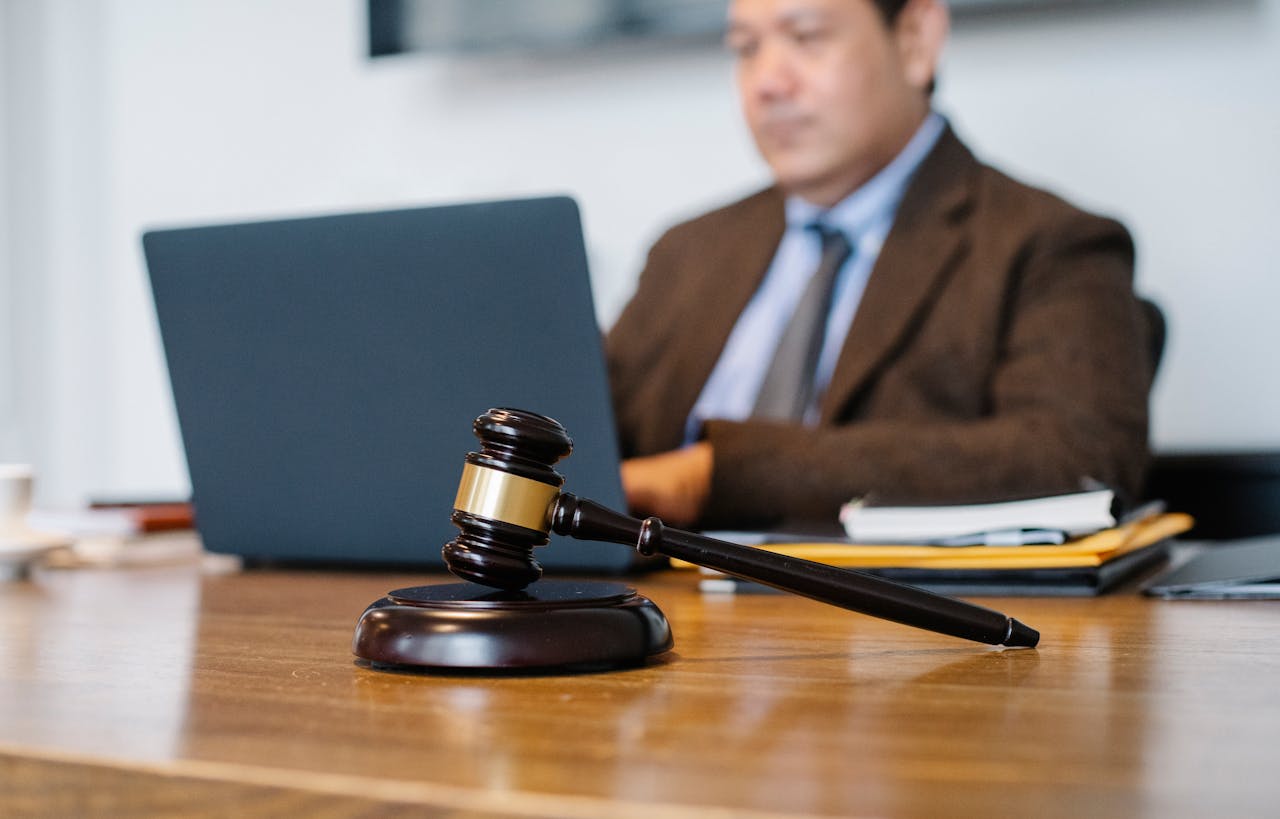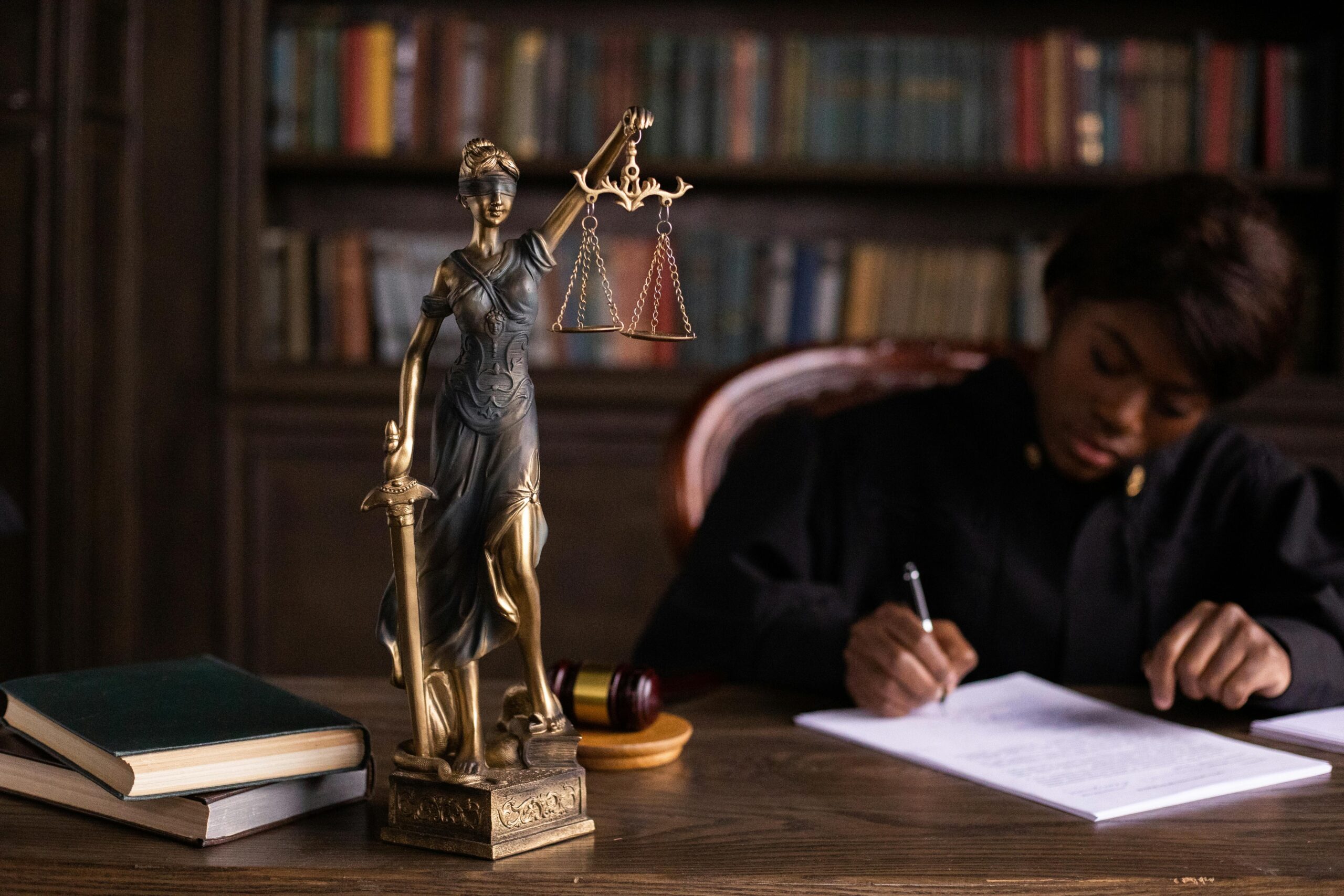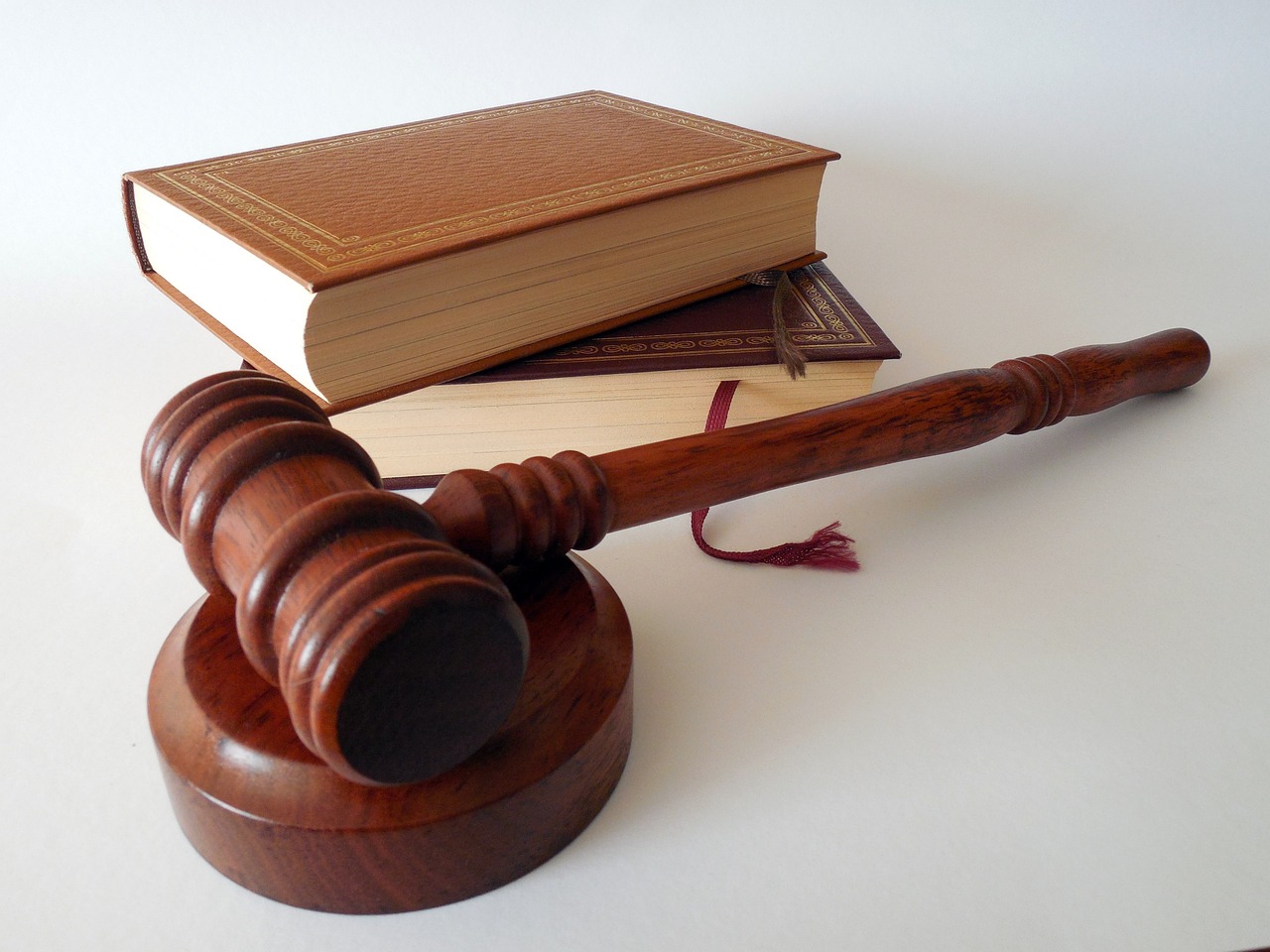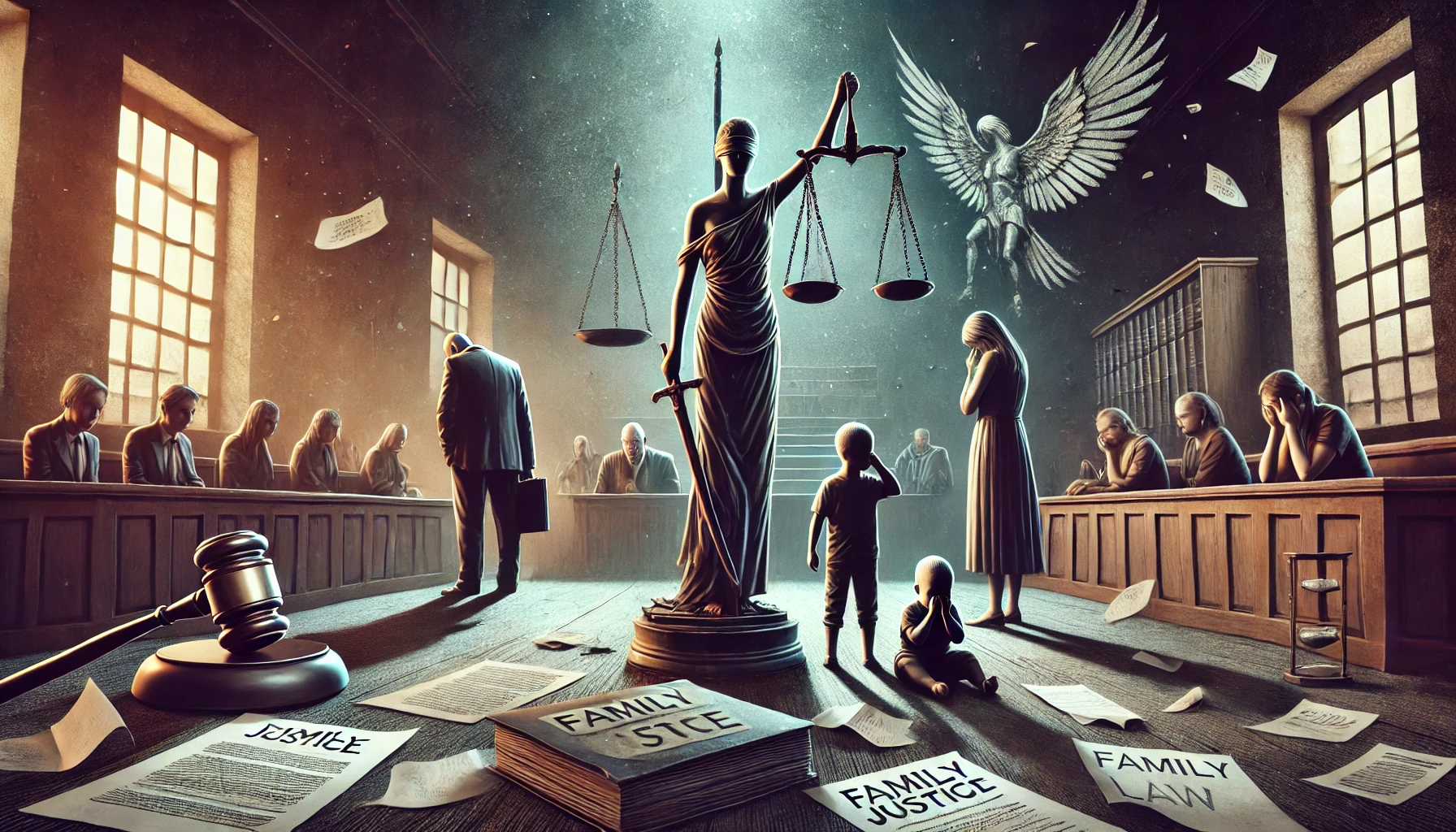Authored By: NUR AMIRA FARHANA BINTI ISMAIL
ISLAMIC SCIENCE UNIVERSITY OF MALAYSIA
Abstract
As artificial intelligence (AI) technology increasingly powers autonomous vehicles (AVs), the law faces novel challenges in attributing liability for accidents. Traditional criminal negligence frameworks, built around human foresight and control, struggle to accommodate AI systems capable of independent decision-making. This article analyzes the concept of “negligence failures” where classical legal principles of mens rea, foreseeability, and risk-taking break down. Drawing on comparative models from Singapore, France, and the UK, it highlights how different jurisdictions have begun reshaping their legal systems to respond to the complexities of AI-driven harm.
Introduction
Autonomous vehicles promise transformative changes in transportation, including reduced traffic accidents and increased mobility. However, they also raise significant legal dilemmas. Who should be held responsible when an AV causes harm? Traditional criminal law requires assigning blame based on control, intent, or negligence. But AI systems challenge these assumptions by acting in unpredictable, sometimes opaque, ways. Scholars have described this as a “responsibility gap”. A situation in which no human agent can be clearly blamed for the AI’s actions. This article examines how criminal law can adapt to this evolving landscape.
Current Legal Framework
In most jurisdictions, criminal liability for harm caused by vehicles rests on human negligence, the failure to act with reasonable care. Negligence requires certain conditions: a duty of care, breach of that duty, and harm resulting from that breach. Importantly, the actor must have had a reasonable ability to foresee and prevent the harm.
This model breaks down when applied to AVs. These vehicles rely on complex AI systems using machine learning (ML), which may evolve post-deployment and behave in ways not foreseeable by developers or users. Legal frameworks in Singapore, France, and the UK are now attempting to fill this gap through new laws and regulatory roles like the “user-in-charge” and the Automated Driving System Entity (ADSE).
Legal Issues in AI Driving Accidents
The Epistemic Problem
Modern AI systems often function as “black boxes.” Their decision-making processes may not be understandable, even by their creators. As a result, it may be impossible to prove that a human could have foreseen a specific harmful outcome. This undermines the foreseeability requirement in negligence.
The Control Problem
Criminal liability typically presumes the accused had control over the harmful act. However, in AVs, once control is transferred to the AI, humans may no longer have the ability to intervene effectively. Studies show that when humans act as passive supervisors, their ability to react quickly and appropriately diminishes. This calls into question whether assigning liability to drivers in such cases is just.
The Problem of Many Hands
AI systems are developed by teams of programmers, engineers, and companies. If an AV causes harm due to a latent flaw in its training data or software, it becomes difficult to pinpoint a single culpable party. This “problem of many hands” makes it hard to assign criminal responsibility using traditional mens rea standards.
Case Study: Comparative Legal Approaches
Singapore
Singapore has proposed a two-pronged approach through its Penal Code Review Committee (PCRC) and the Law Reform Committee (LRC). Offence A targets users or developers who act rashly or negligently in deploying AI. Offence B extends liability to those who fail to take reasonable steps to prevent foreseeable harm, even without specific awareness. This represents an effort to capture a broader range of risky behavior without relying solely on intent or knowledge.
The concept of the “user-in-charge” introduced in the LRC report recognizes that liability should rest with the person with the most oversight and ability to intervene. However, the LRC cautions against over-reliance on vague duties and suggests sector-specific regulation, such as mandatory intervention thresholds.
France
France amended its Road Code in 2021 to address criminal liability in autonomous driving. The law creates a framework where liability shifts from the driver to the vehicle system under certain conditions, such as when the AV is operating in a certified autonomous mode. The human is not liable for “dynamic driving offences” during that time, effectively drawing a legal line between manual and autonomous control.
United Kingdom
The UK Law Commissions’ Joint Report on Automated Vehicles introduces the roles of “user in-charge” and the “No-User-in-Charge” (NUIC) operator. It proposes that users-in-charge should not be liable for traffic violations when the AV is in control, shifting responsibility to the ADSE — the entity responsible for the AV’s design and safety. This approach blends practicality with fairness, recognizing that users may not be capable of correcting AV decisions in real-time.
Conclusion
The rise of autonomous vehicles demands a rethinking of traditional negligence doctrines. As this article illustrates, legal systems are experimenting with novel constructs to bridge the “responsibility gap.” The epistemic and control problems highlight the limitations of assigning liability to individuals who lack foresight or the ability to act. Meanwhile, the problem of many hands illustrates the complexity of modern AI development and the limits of traditional accountability mechanisms.
Comparative analysis reveals a common theme: the shift from person-based to system-based liability. By introducing roles such as the “user-in-charge” and the ADSE, lawmakers aim to ensure fairness while maintaining public trust in AV technologies. Moving forward, a hybrid legal model combining strict oversight, sector-specific duties, and technological transparency may be the most viable path for integrating AVs into the legal landscape.
Reference(S):
- Alice Giannini & Jonathan Kwik, Negligence Failures and Negligence Fixes: A Comparative Analysis of Criminal Regulation of AI and Autonomous Vehicles, 34 Criminal Law Forum 43–85 (2023).
- Andreas Matthias, “The Responsibility Gap: Ascribing Responsibility for the Actions of Learning Automata” (2004) 6 Ethics and Information Technology.
- Law Commission of England and Wales & Scottish Law Commission, Automated Vehicles: Joint Report (Law Com No 404, SLC No 258), 2022.
- French Ordinance No. 2021-443, Code de la route (France).
- Singapore Academy of Law, Report on Criminal Liability, Robotics and AI Systems, 2021.
- Singapore Penal Code Review Committee, Report, 2018.
- Ugo Pagallo, “When Morals Ain’t Enough: Robots, Ethics, and the Rules of the Law” (2017) 27 Minds and Machines.
- Giannini, A., Kwik, J. Negligence Failures and Negligence Fixes. A Comparative Analysis of Criminal Regulation of AI and Autonomous Vehicles. Crim Law Forum 34, 43–85 (2023). https://doi.org/10.1007/s10609-023-09451-1





